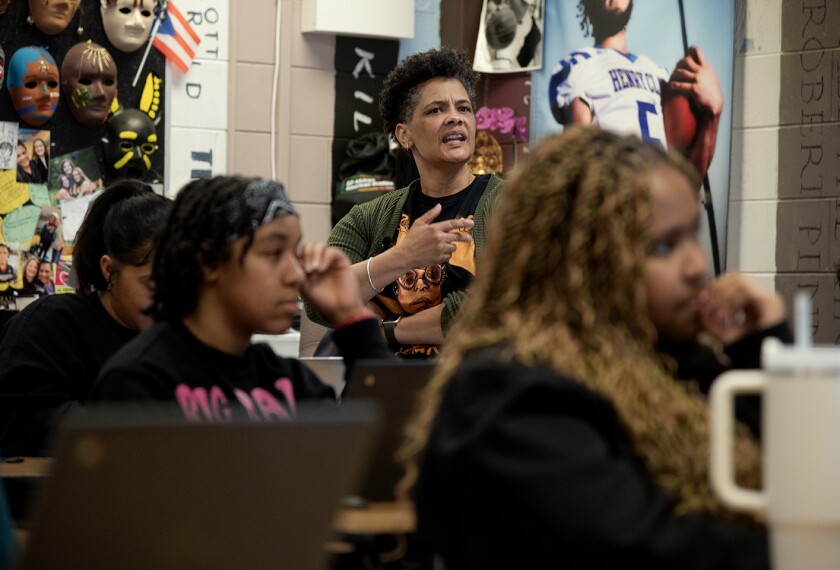Schools in Kentucky, Michigan, and San Francisco were tapped last week as the first recipients of Annenberg Foundation grants aimed at improving education by integrating arts into the curriculum.
The $10 million initiative is one of numerous education enterprises that former editor, publisher, and U.S. Ambassador Walter H. Annenberg has under-written since 1993. The five-year Arts, Culture, and Technology Initiative is intended to raise student achievement by coupling the arts with other classroom subjects.
Kentucky will receive $1.1 million; Michigan, $100,000; and San Francisco, $115,000.
Programs in all three areas initially will target the elementary level. Teachers will receive training as well as on-site technical assistance to help them adapt their curriculum and instructional strategies.
Different Contexts
The three sites were selected for their distinctiveness, said Linda Adelman, the president of the Galef Institute, a Los Angeles-based education group that the philanthropy designated to administer the program.
“We wanted to look at how the strategy of using the arts as a stronger element of school reform would play out in different contexts--different political contexts, different school-reform agendas,” Ms. Adelman said.
In Kentucky, the project will build on the state’s standards- and assessment-based reform efforts and multiage classrooms.
The Michigan initiative will emphasize reducing the performance gap between black and white students in the state.
The focus in San Francisco will be on using the arts to bolster literacy, especially for students whose native language is not English or other students in need of additional help.
Ms. Adelman said the initiative is not meant to be an arts-education program, but can serve double duty.
Once teachers learn to value what arts can add to the curriculum, she said, many of them go on to learn about the arts as a discipline.
A second round of sites will be announced within the next few months.





